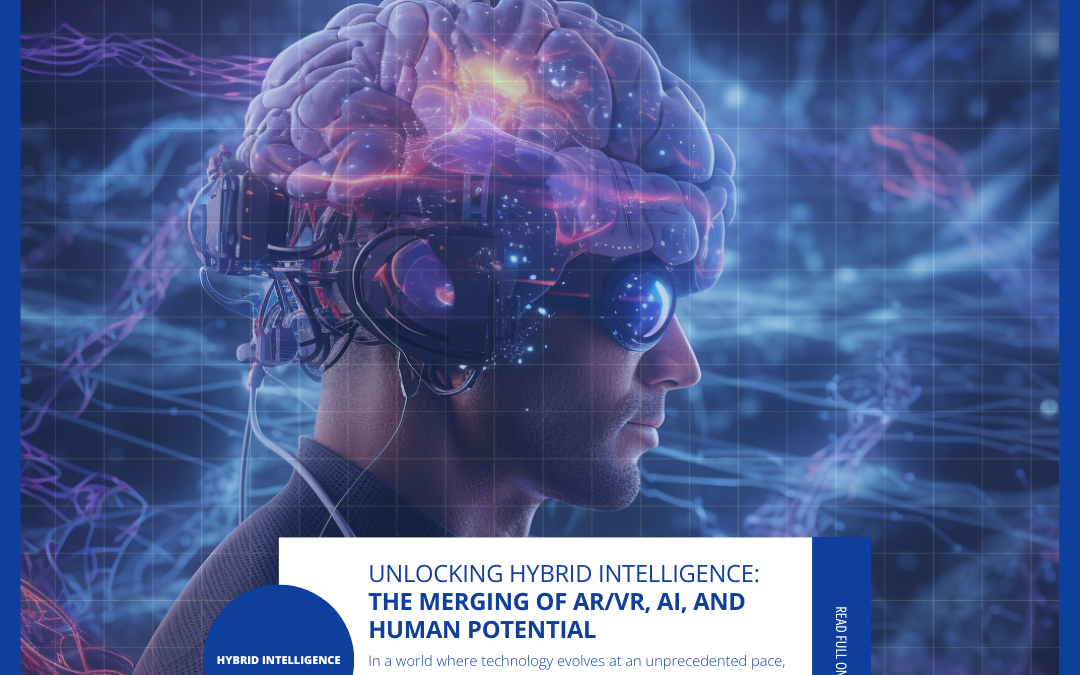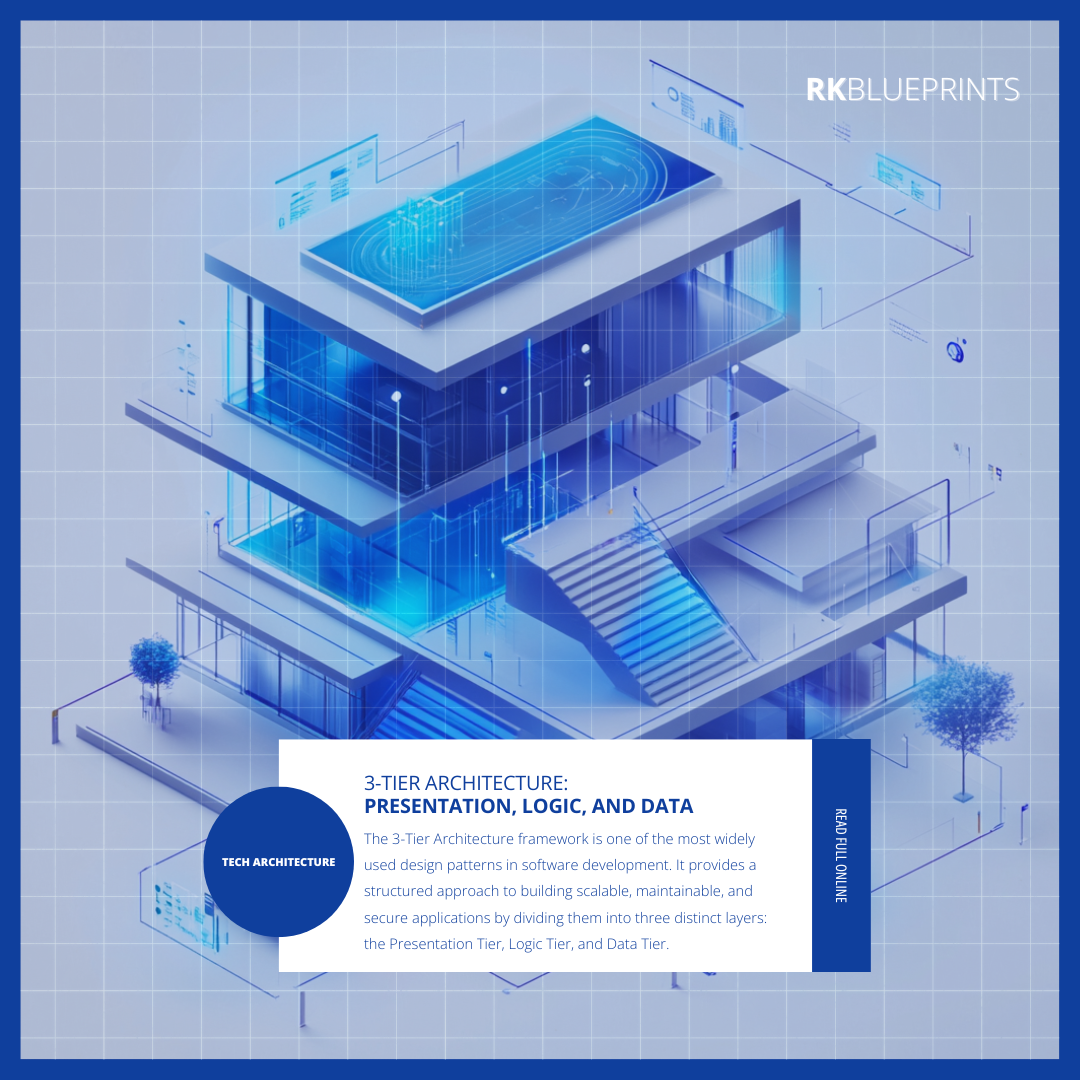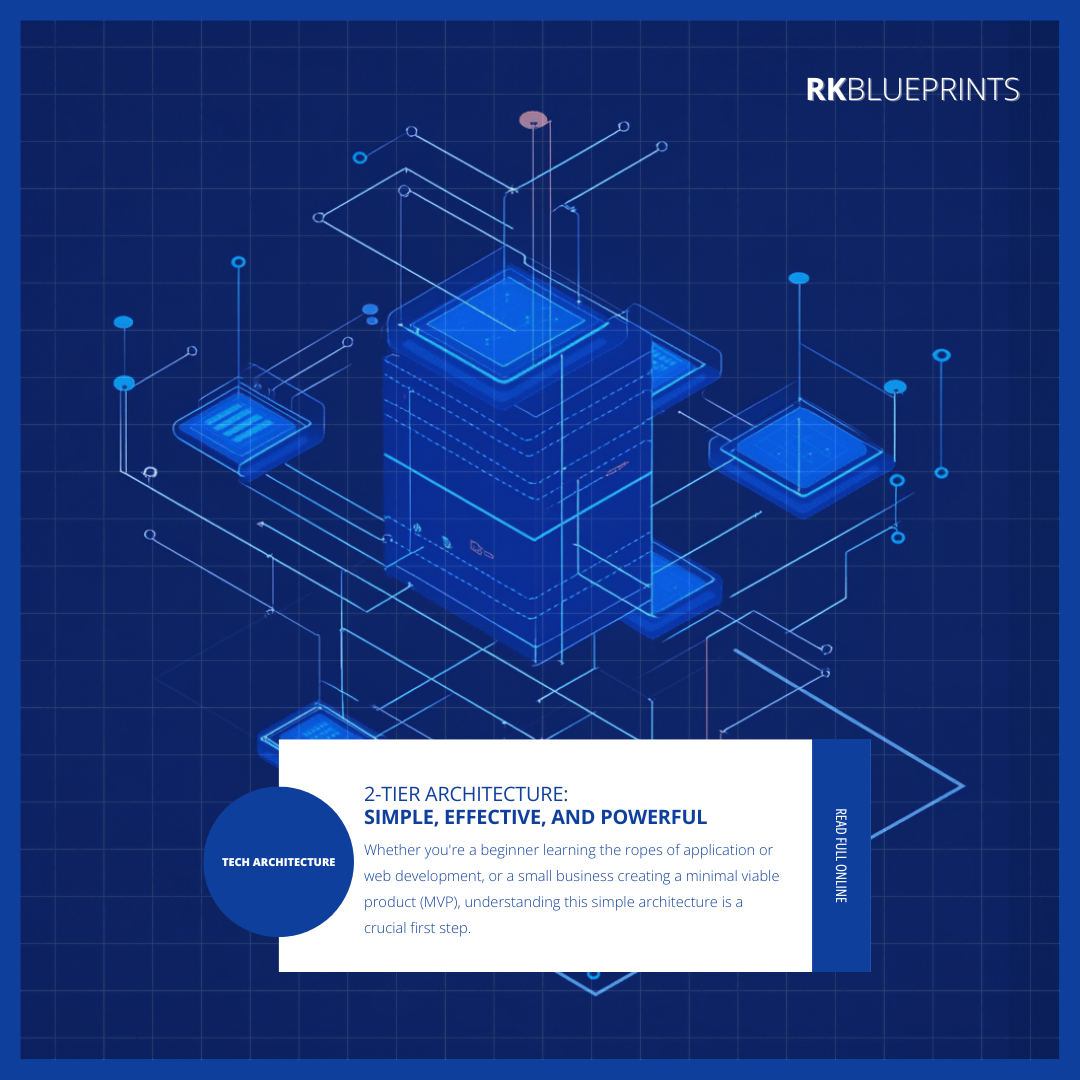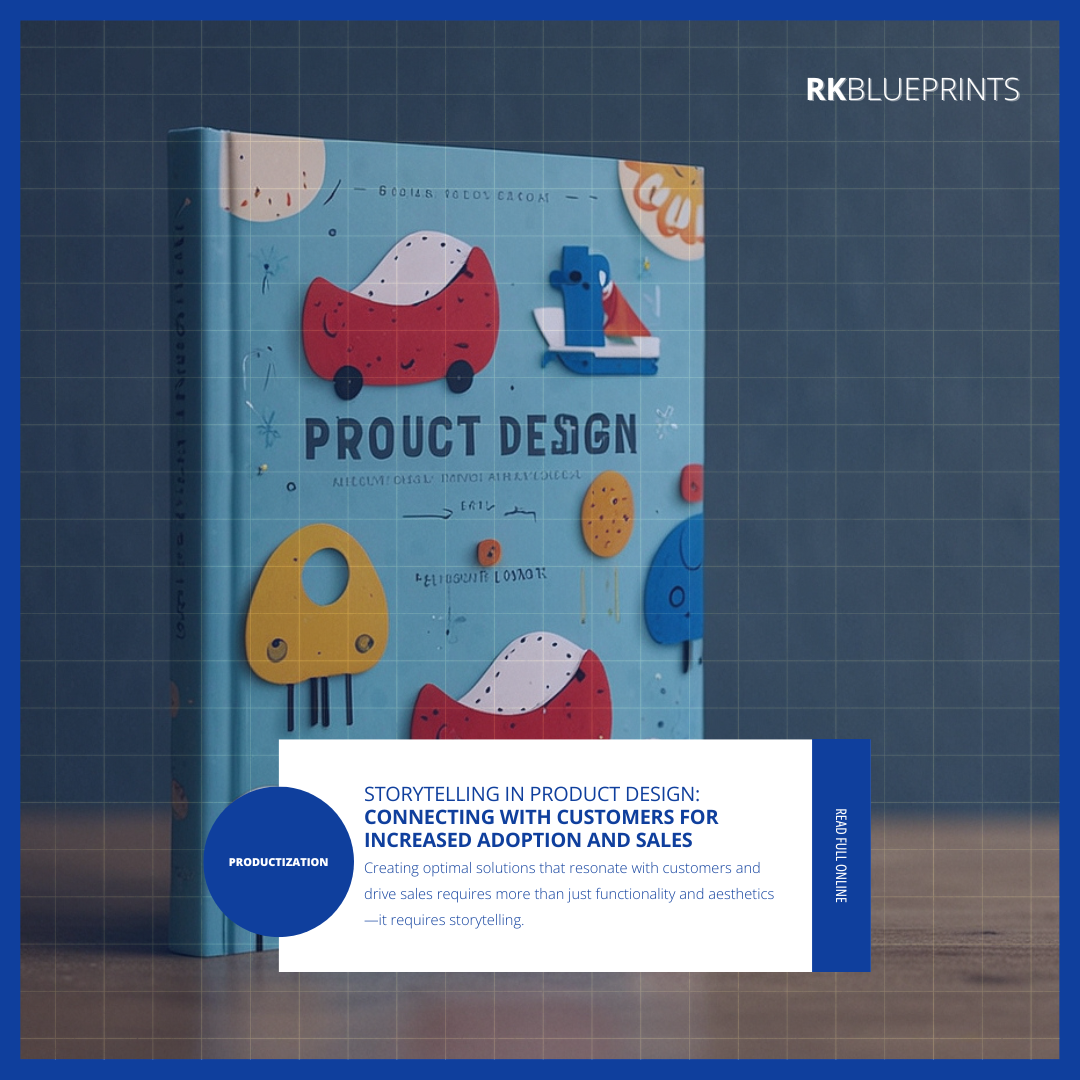In a world where technology evolves at an unprecedented pace, the convergence of augmented reality (AR), virtual reality (VR), and artificial intelligence (AI) has given rise to a new era of human-machine interaction. Together, these transformative technologies are shaping the concept of hybrid intelligence, where the boundaries between humans and machines blur, opening up infinite possibilities for innovation and personal growth. In this blog, we’ll explore how AR/VR and AI intertwine, and how they collectively contribute to the realization of hybrid intelligence.
AR/VR and AI: Bridging the Gap
Augmented Reality and Virtual Reality have revolutionized the way we perceive and interact with our surroundings. AR enhances the real world by overlaying digital information, graphics, or virtual objects onto the physical environment, while VR immerses us in entirely simulated environments. Both AR and VR offer unique experiences and have found applications in diverse fields, such as gaming, entertainment, healthcare, education, and more. To learn more about the different realms of realities coming our way, check out my article on how AR/VR will become a technology staple of our future.
Artificial Intelligence, on the other hand, empowers machines to simulate human-like intelligence, enabling them to perform tasks that traditionally required human cognition. AI systems can learn from vast amounts of data, recognize patterns, make decisions, and even engage in natural language conversations. Its applications are widespread, ranging from autonomous vehicles and image recognition to personalized recommendation systems and virtual assistants.
The Synergy of AR/VR and AI
When AR/VR and AI technologies intersect, they unlock a whole new dimension of possibilities. Based on my technical expertise and recent industry trends, here are a few major ways in which the technologies complement each other:
- Intelligent Object Recognition: AI algorithms can be employed in AR/VR systems to recognize and interpret objects within the environment. This enables enhanced interactions by providing contextual information or enabling virtual objects to respond intelligently to the real world.
- Personalized Experiences: AI algorithms can analyze user preferences, behavior patterns, and contextual data to tailor AR/VR experiences to individual users. This ensures that the content presented is relevant, engaging, and aligned with the user’s interests.
- Real-time Adaptation: AI algorithms can dynamically adjust the AR/VR content based on real-time data. For instance, in a VR game, the AI can modify the difficulty level based on the user’s performance, ensuring an optimal and engaging experience.
- Natural Language Interaction: AI-powered virtual assistants can enhance AR/VR experiences by providing natural language interfaces. Users can interact with virtual environments, ask questions, or issue commands using voice recognition, making the experience more immersive and intuitive. Based on a recent interview with Mustafa Suleyman, Google DeepMind co-founder, conducted by Business Insider, Pi/personal artificial intelligence (or as I like to call, “π”) may soon replace today’s search engines.
Hybrid Intelligence: The Future of Interaction
Hybrid Intelligence refers to the seamless integration of human intelligence with AI capabilities. The fresh concept of hybrid intelligence was expanded on at McKinsey & Company by their QuantumBlack team. AR/VR technologies, when combined with AI, create an environment where humans and machines collaborate, complementing each other’s strengths. Based on my expertise within the technology and human resources spaces, here is how I believe hybrid intelligence remains at the forefront of AR/VR and AI technologies:
- Enhanced Decision Making: By leveraging AI algorithms, AR/VR systems can provide users with real-time information, data visualization, and intelligent recommendations, empowering them to make more informed decisions in various domains like manufacturing, logistics, or emergency response.
- Skill Development and Training: AR/VR, when coupled with AI, can provide immersive and interactive training experiences. AI algorithms can analyze user performance, identify areas for improvement, and provide personalized feedback, accelerating skill acquisition.
- Collective Intelligence: AR/VR platforms, with AI-driven analytics, can facilitate collective problem-solving and decision-making. Virtual collaboration spaces can be created, where multiple users can interact and contribute simultaneously, leveraging the collective knowledge and expertise of diverse individuals.
The convergence of AR/VR and AI is an exciting frontier that opens up endless possibilities for innovation and human-machine collaboration. This amalgamation of technologies paves the way for hybrid intelligence, where humans and AI systems work in harmony to augment each other’s capabilities. From personalized experiences to intelligent object recognition, hybrid intelligence represents the future of interaction and promises to revolutionize various industries. As we continue to explore the synergies between AR/VR and AI, we can expect further advancements that will reshape our digital landscape and enhance our everyday lives.







Recent Comments